Cats have captivated human imagination for centuries, from the majestic roar of a lion to the charming purr of a house cat. Despite their shared ancestry, there’s a world of differences between big cats and small cats. Understanding these differences not only deepens our appreciation for these creatures but also informs conservation efforts. In this article, we’ll explore 12 fascinating distinctions between these two groups of felines.
Classification and Taxonomy

Taxonomically, all cats belong to the family Felidae, but they are divided into two primary categories: the Pantherinae subfamily (big cats) and the Felinae subfamily (small cats). Big cats include lions, tigers, leopards, and jaguars, while small cats encompass domestic cats, servals, ocelots, and others. This classification forms the basis for understanding their evolutionary paths.
Size and Physical Characteristics
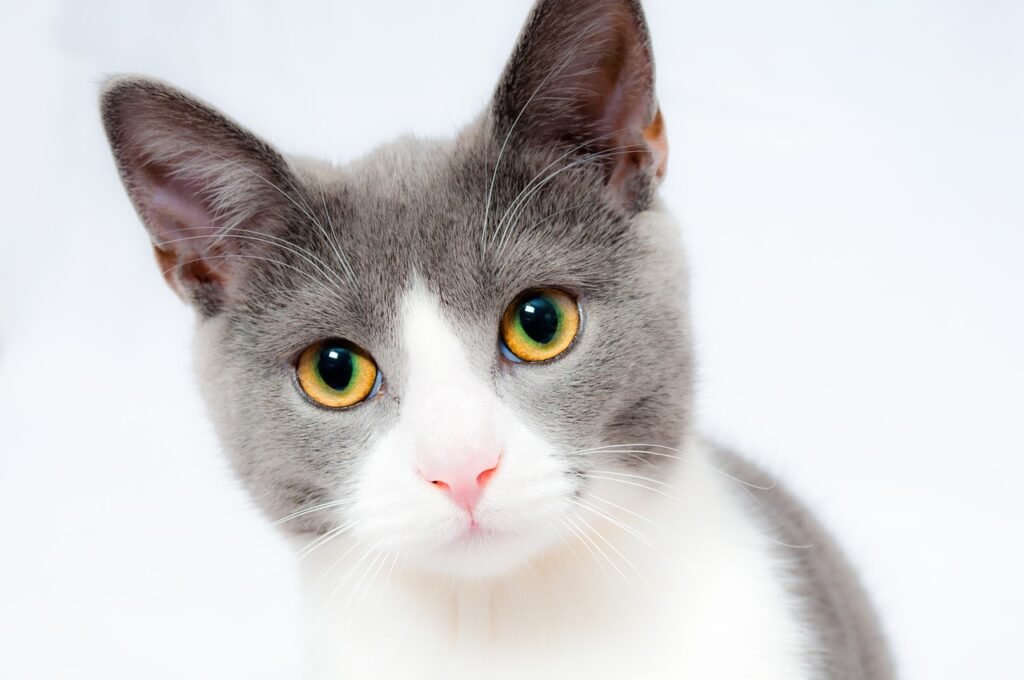
The most obvious difference is size. Big cats are significantly larger than small cats, with lions and tigers weighing several hundred pounds compared to the relatively lightweight domestic cat. This size disparity affects everything from hunting strategies to social behavior. Moreover, big cats are muscular with strong jaws, helping them bring down large prey.
Vocalizations

Big cats are renowned for their ability to roar, a trait made possible by a specialized larynx and hyoid apparatus. Lions, for example, use their roars for territorial communication. Small cats, on the other hand, are known for their ability to purr, a sound associated with contentment and bonding. Interestingly, some big cats can purr when exhaling but don’t have the same continuous purring ability as small cats.
Social Structures

Social behavior varies significantly across the two groups. Lions are unique among cats for living in prides, while other big cats like leopards and tigers are solitary. Most small cats, including domestic cats, display flexible social structures and can be both solitary and social depending on the environment.
Hunting Techniques

Big cats generally hunt larger prey, utilizing their strength and size. They employ ambush tactics, often involving a stealthy approach followed by a powerful strike. Small cats, due to their size, typically hunt smaller animals and employ varied techniques, from stalking to pouncing, requiring speed and agility.
Habitat and Range
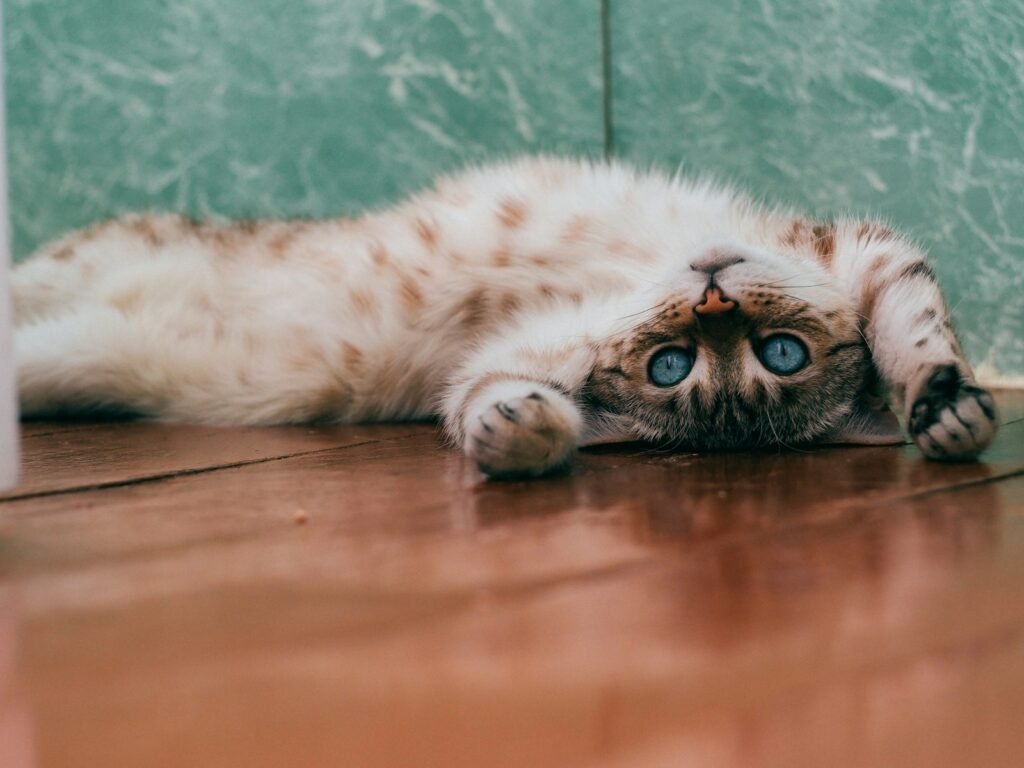
Big cats typically occupy large territories that can span thousands of square miles, especially those that rove through forests or savannas. Small cats have more adaptable ranges, often living in proximity to humans. For instance, domestic cats can thrive in urban settings while the elusive ocelot resides in dense rainforests.
Lifespan and Reproductive Strategies
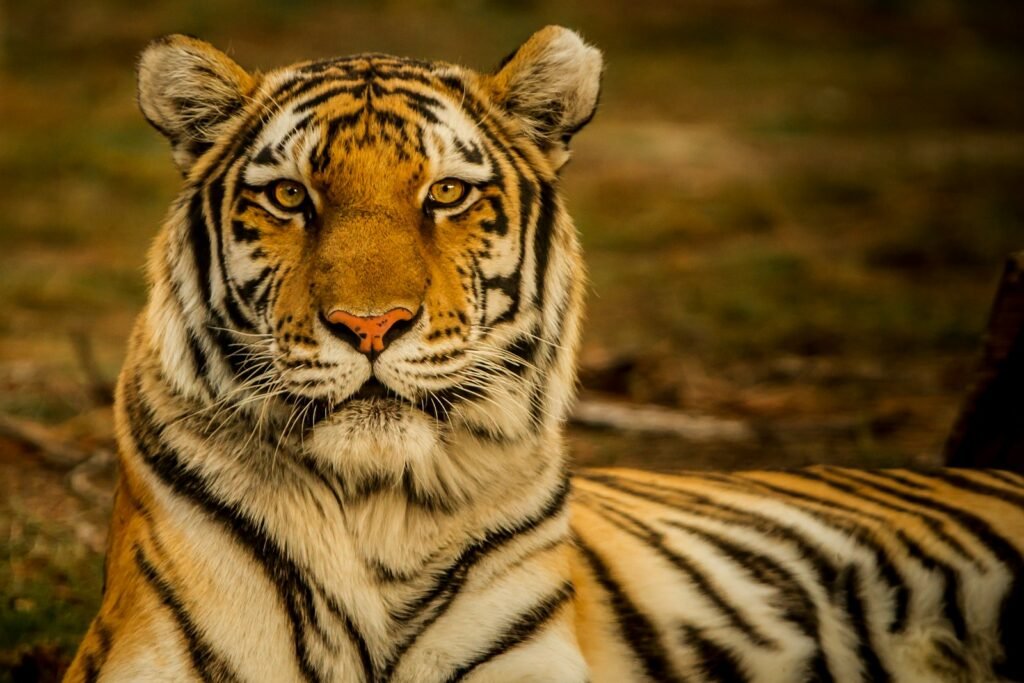
Lifespan and reproduction also differ; big cats have a longer gestation period and tend to have smaller litters with greater intervals between births, reflecting their larger size and energy requirements. In contrast, small cats reproduce more frequently with larger litters, ensuring survival in a diverse range of environments.
Dietary Needs
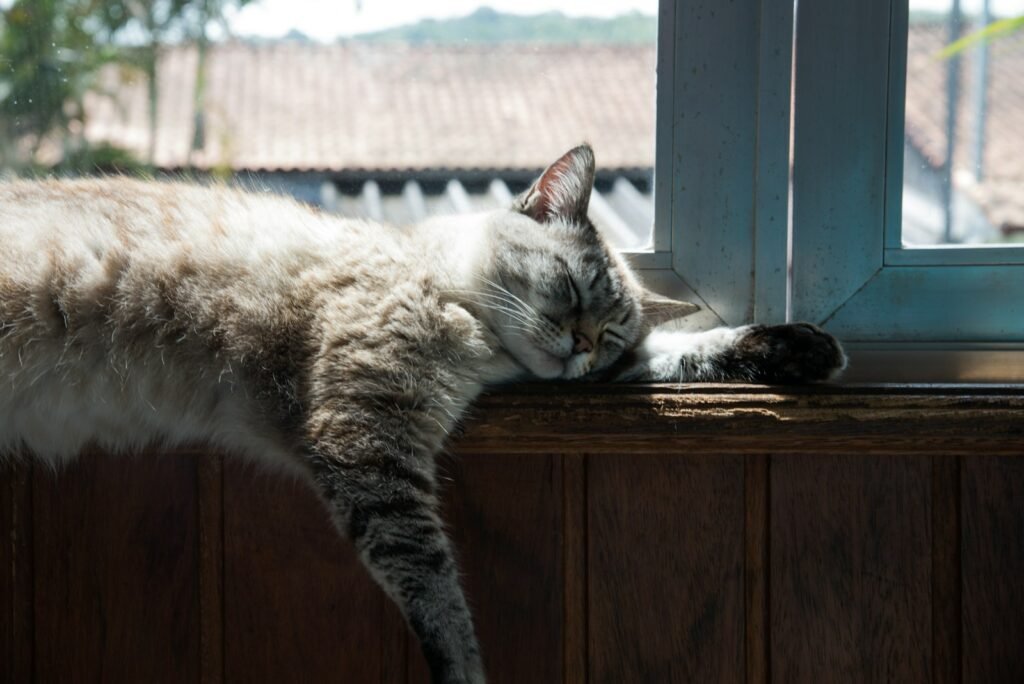
Both big and small cats are obligate carnivores, but the scale and type of prey vary significantly. Big cats can take down large herbivores like deer and buffalo, while small cats stick to rodents, birds, and small mammals. These dietary preferences play a crucial role in their roles within their respective ecosystems.
Adaptations and Evolutionary Pathways

Adaptations in big cats and small cats reflect their evolutionary histories. Big cats possess retractable claws and night vision, adaptations for nocturnal hunting in dense environments. Small cats have evolved agility and climbing abilities, helpful for avoiding larger predators and catching agile prey.
Conservation Status and Threats
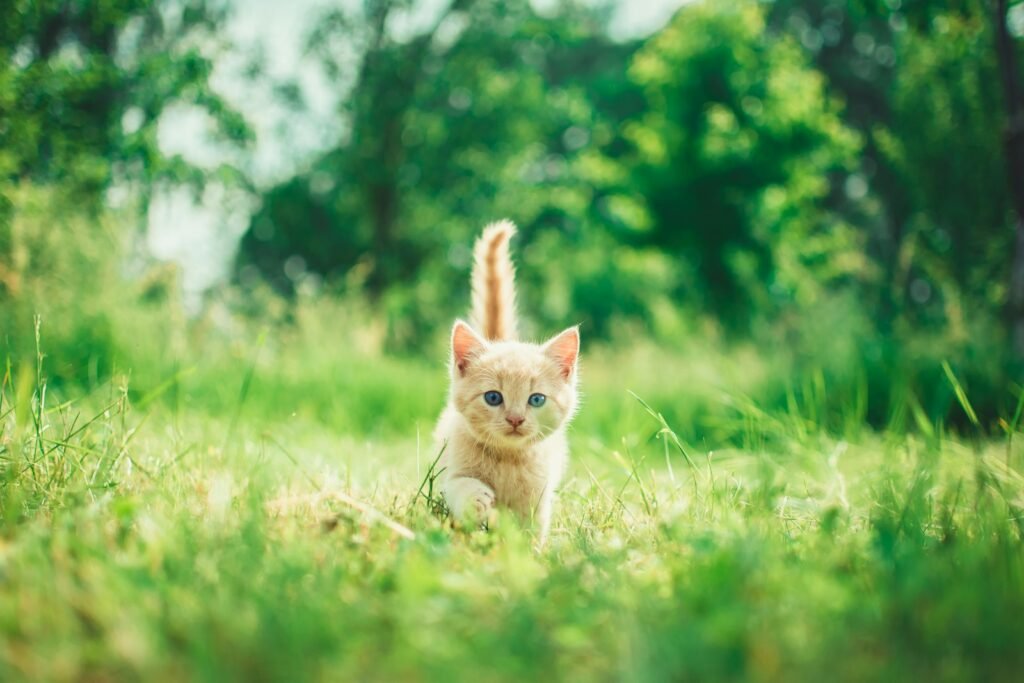
Big cats are often keystone species whose presence indicates ecosystem health, but they face greater threats from habitat loss and poaching. Conservation efforts are critical for their survival. Small cats, despite being more numerous, also face challenges from habitat destruction and human encroachment. Conservation strategies must consider these differences to be effective.
Human Interaction and Domestication
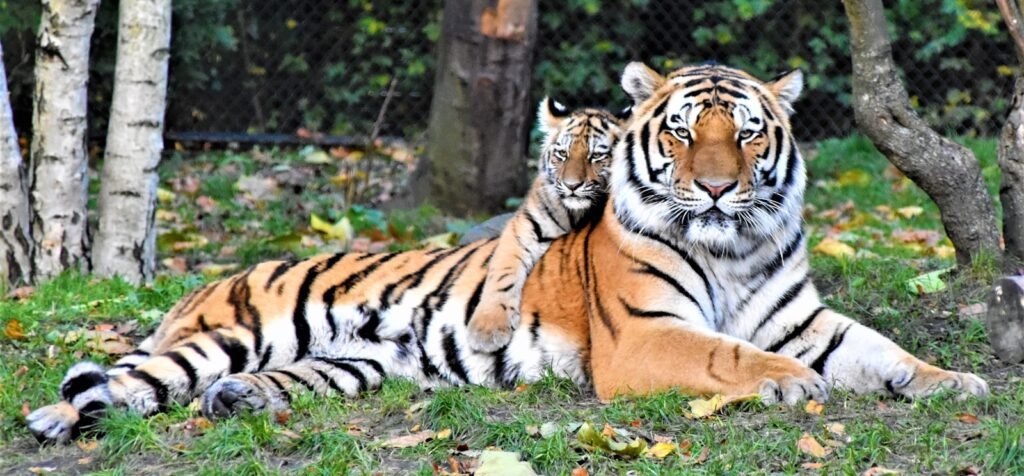
Human relationships with cats vary widely. Domestic cats are one of the few animals successfully domesticated, living alongside humans for thousands of years. Big cats, however, are celebrated in cultures worldwide but generally remain wild, with interactions limited to conservational contexts and ecotourism.
Conclusion
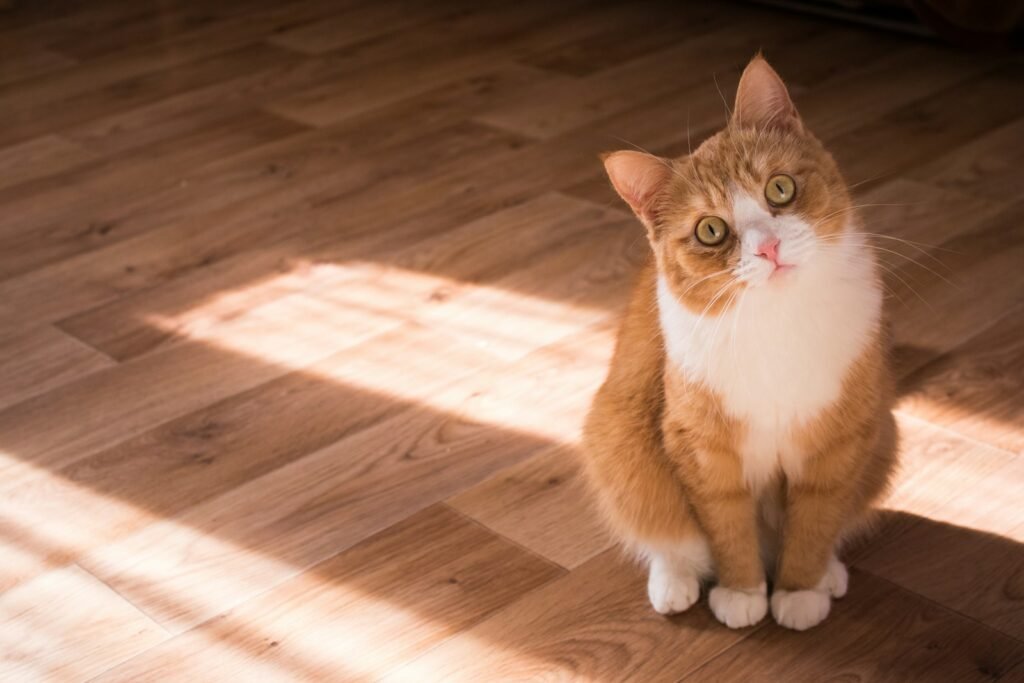
The diversity of the Felidae family is a striking example of nature’s adaptability and evolution. From the roar of a tiger to the purr of a house cat, understanding the differences between big cats and small cats adds depth to our appreciation and furthers efforts in biodiversity conservation. Through respecting these majestic creatures and protecting their habitats, we ensure that future generations will continue to enjoy their beauty and significance.
Hi, I’m Bola, a passionate writer and creative strategist with a knack for crafting compelling content that educates, inspires, and connects. Over the years, I’ve honed my skills across various writing fields, including content creation, copywriting, online course development, and video scriptwriting.
When I’m not at my desk, you’ll find me exploring new ideas, reading books, or brainstorming creative ways to solve challenges. I believe that words have the power to transform, and I’m here to help you leverage that power for success.
Thanks for stopping by, Keep coming to this website to checkout new articles form me. You’d always love it!






